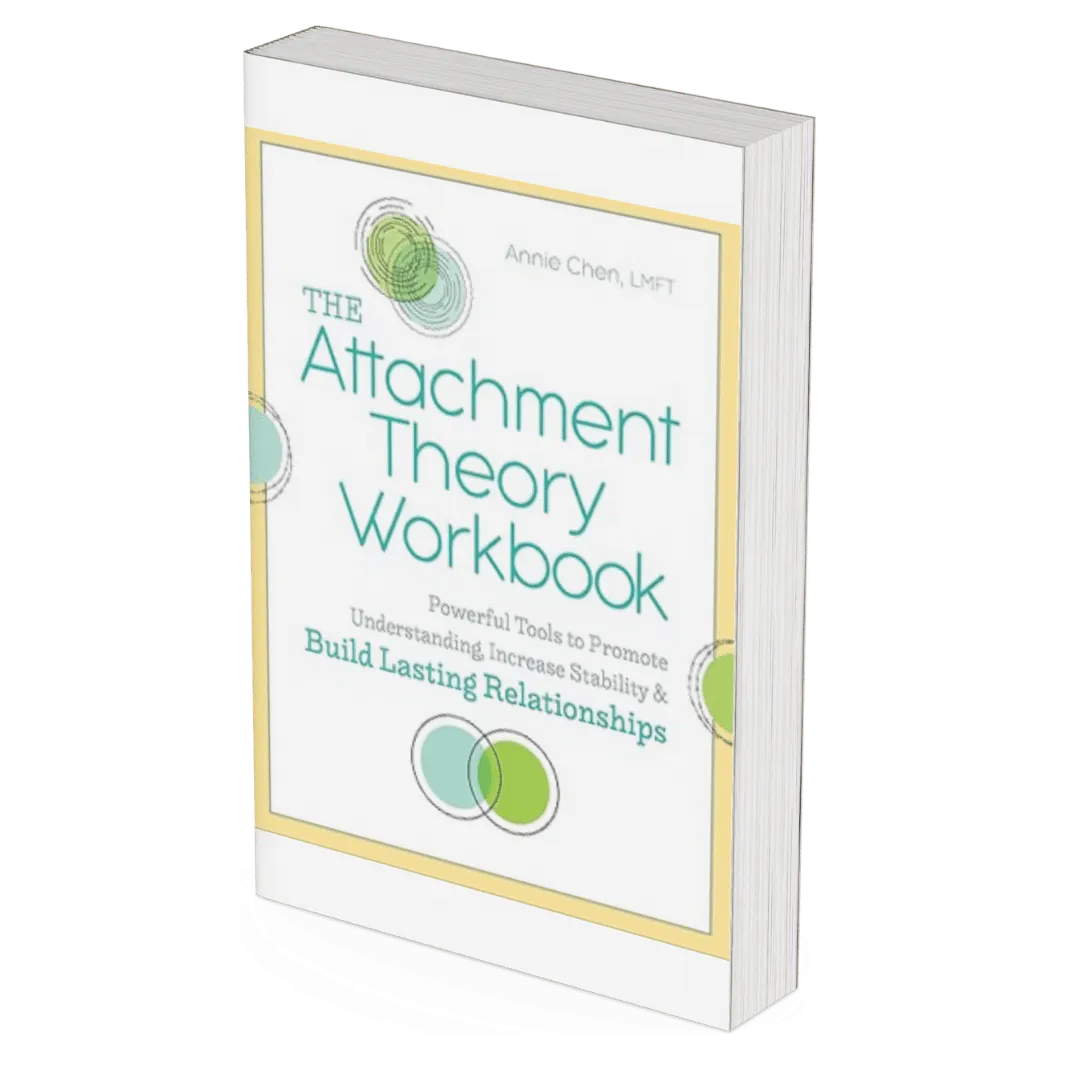Shonda Mills
Relationship Coach
About Shonda
Shonda Mills is a relationship coach focused on guiding couples under 50 through their challenges to help them reconnect and discover fulfillment in their relationships.
With a straightforward approach, she offers practical strategies for overcoming obstacles and improving communication. Shonda's work is dedicated to those looking to navigate the complexities of their partnerships and foster a deeper, more satisfying connection with their partner.
Attachment Theory Blog

Avoidant Attachment from Childhood Trauma
Childhood trauma can have a profound impact on an individual's attachment style, leading to avoidant attachment. This attachment style is characterized by a tendency to avoid emotional closeness and intimacy with others. Individuals with avoidant attachment may struggle with forming and maintaining relationships, leading to feelings of isolation and loneliness.
Understanding avoidant attachment is crucial for those who have experienced childhood trauma and are struggling with its effects. By recognizing the signs of avoidant attachment, individuals can begin to take steps towards healing and management. This may involve working with a therapist to address underlying trauma and learning new communication and relationship skills.
Key Takeaways
Childhood trauma can lead to avoidant attachment, which can make it difficult to form and maintain relationships.
Recognizing the signs of avoidant attachment is an important step towards healing and management.
Working with a therapist can help individuals address underlying trauma and develop new communication and relationship skills.
Understanding Avoidant Attachment
Origins in Childhood
Avoidant attachment style is a result of childhood trauma, where the child's emotional needs were not met by their primary caregiver. This could be due to neglect, rejection, or emotional unavailability. As a result, the child learns to suppress their emotions and become self-sufficient to avoid being hurt. They develop a belief that they cannot rely on others for emotional support or care.
Characteristics of Avoidant Attachment Style
Individuals with avoidant attachment style tend to avoid emotional intimacy and commitment in relationships. They have a fear of being vulnerable and rely on independence as a coping mechanism. They may also have difficulty expressing their emotions and struggle with trust in relationships.
Attachment Styles and Relationships
Attachment theory suggests that attachment styles developed in childhood can have a significant impact on adult relationships. Individuals with avoidant attachment style may struggle with emotional intimacy and may avoid commitment in romantic relationships. They may also struggle with setting boundaries and expressing their emotional needs.
In conclusion, understanding avoidant attachment style is crucial in developing healthy relationships. Individuals with avoidant attachment style need to recognize the impact of childhood trauma on their attachment style and work towards developing secure attachment by seeking therapy and building healthy relationships.
Pathways to Healing and Management
Therapeutic Approaches
Therapy is an effective way to address the underlying issues that contribute to avoidant attachment resulting from childhood trauma. Eye Movement Desensitization and Reprocessing (EMDR) and Internal Family Systems (IFS) therapy are two approaches that have been found to be particularly helpful in treating trauma-related attachment issues.
EMDR helps individuals process traumatic memories and reprocess them in a way that reduces the negative impact on their lives. IFS therapy is a client-centered approach that helps individuals explore and heal their inner selves, including the parts that may be contributing to avoidant attachment.
Developing Secure Attachments
Developing a secure attachment style is key to healing from childhood trauma and overcoming avoidant attachment. This can be achieved through therapy, but it can also be fostered through healthy relationships and connections with others.
It's important for individuals to learn how to recognize their triggers and communicate their needs in a healthy way. This can involve being vulnerable and open to emotional intimacy, as well as seeking reassurance and support when needed.
Self-Help Strategies
In addition to therapy and developing secure attachments, there are several self-help strategies that can be helpful in managing avoidant attachment resulting from childhood trauma. These include mindfulness practices, engaging in hobbies and activities that bring joy, and creating a safe space for oneself.
It's also important to seek out social support and emotional support from trusted friends and family members. Coping mechanisms such as deep breathing exercises and journaling can also be helpful in managing symptoms of anxiety and depression that may be associated with avoidant attachment.
Overall, healing from childhood trauma and managing avoidant attachment requires a multifaceted approach that addresses the root causes of the issue and fosters healthy relationships and coping mechanisms. With the right support, individuals can overcome avoidant attachment and develop a secure attachment style that allows them to thrive in their personal and professional lives.








Facebook
Instagram
LinkedIn